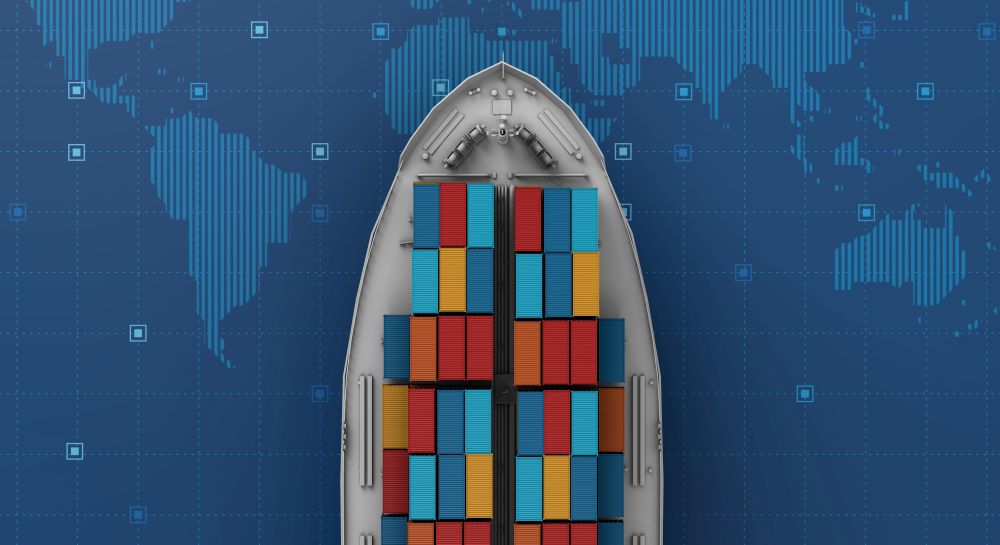
A new group is being formed to promote the use of electronic bills of lading (eBLs) in place of traditional print documents, by developing and sharing an open-source global eBL standard.
Bills of lading are legally-binding documents for moving freight, and as such are critical for financing, proof of ownership and customs clearance of goods being shipped.
Traditionally in paper form, one calculation is that adoption of eBLs by half of the shipping industry could save $4bn a year, reports the Loadstar.
FIT members
Called the Future International Trade (FIT) Alliance, the group includes:
- Digital Container Shipping Association (DCSA)
- BIMCO (NGO for ship-owners)
- FIATA (the International Federation of Freight Forwarders Associations)
- International Chamber of Commerce (ICC)
What is a bill of lading – and its ‘e’ equivalent?
A bill of lading is a legally-binding document between a shipper and a transportation company for moving goods. It confirms the terms of a contract under which freight is to be moved by sea between specified points for a specified charge. It must be signed by an authorised representative from the carrier.
It acts as a receipt for goods shipped and identifies the nature of the goods, the number of packages, their quantity and weight and their condition at the time of loading.
Bills of lading can also act as documents of title.
A consignee usually needs at least one original to take possession of the goods.
An eBL provides an electronic version of this information, combining a legal rulebook and technology to replicate the functions of a traditional paper bill of lading, according to Bolero.
Slow uptake
The uptake of eBLs has been held back by the lack of a standard system and a lack of interoperability with numerous parties developing their own.
In 2021, DSCA members MSC, Hapag-Lloyd and ONE all adopted eBLs which could be brought under the FIT standard.
“We have to make our members agree on one bill of lading format,” said Thomas Bagge, CEO of DCSA. “Fields, data that you want to have filled out. That provides the background for the electronic version.”
Seatrade Maritime News reports that a principal objective of the FIT initiative is to unite stakeholders around the idea of an eBL that would be accepted by regulators, banks and insurers.
This would be achieved by unifying communication between these organisations and other stakeholders involved in international trade transactions.
Collaboration
ICC secretary general John Denton said eBLs could “make international trade far less complex than it currently is.
“Through the FIT Alliance, we are collaborating with key industry players to create and accelerate the adoption of digital standards for bills of lading that will make international shipping dramatically more simple, secure and seamless.”
In air freight, ICAO and the United Nations Economic Commission for Europe (UNECE) have recently completed digital technical specifications guidance, which will help move from paper to contactless digital solutions.
These will replace paper-based air waybills (AWB), dangerous goods declarations (DGD) and the consignment security declaration (CSD).



